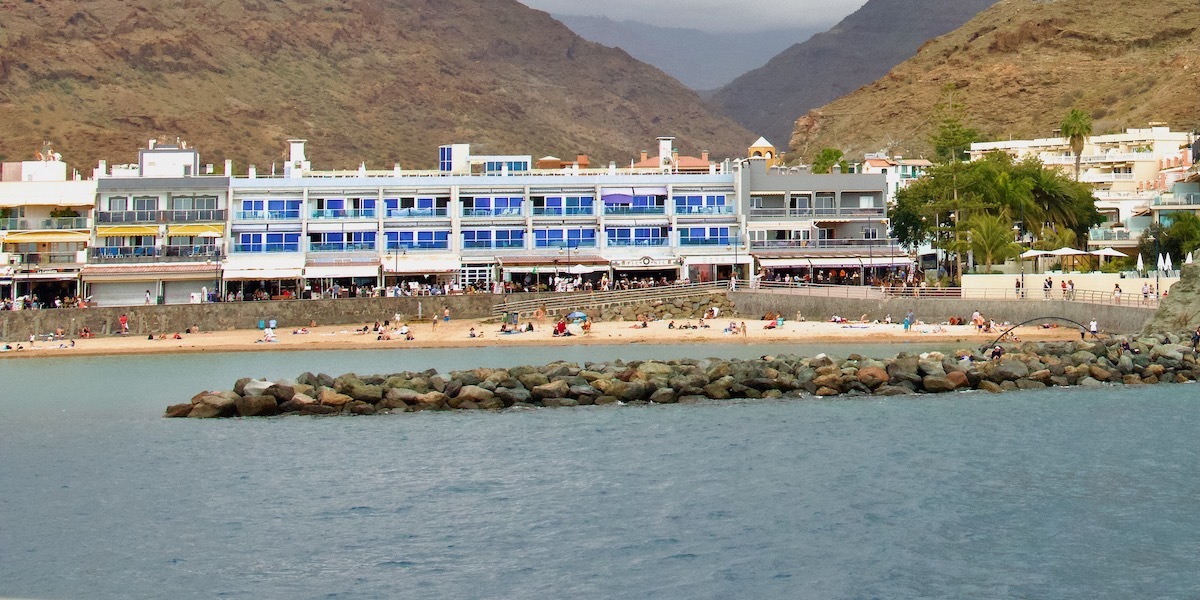
Puerto de Mogán is a picturesque resort on the beautiful southern coastline of Gran Canaria. But it did not evolve naturally from a fishing village into a tourist destination. It is the manifestation of the vision of one man, Rafael Neville.
Originally the inhabitants of Puerto de Mogán relied on fishing and agriculture to eke out a living. But, when the coastal road network reached the village it suddenly became a tourist destination. Fortunately, the potential of this area was recognised by Rafael Neville who decided to turn Puerto de Mogán into the ‘best, breath-taking urbanization in the Canary Islands.’ Despite many doubting his project could succeed due to the lack of land for expansion and the lack of funds to pay for it Neville went ahead and work began in 1983. His project, which required the reclamation of land from the Atlantic Ocean to build the fishing harbour and marina, was completed in 1988.
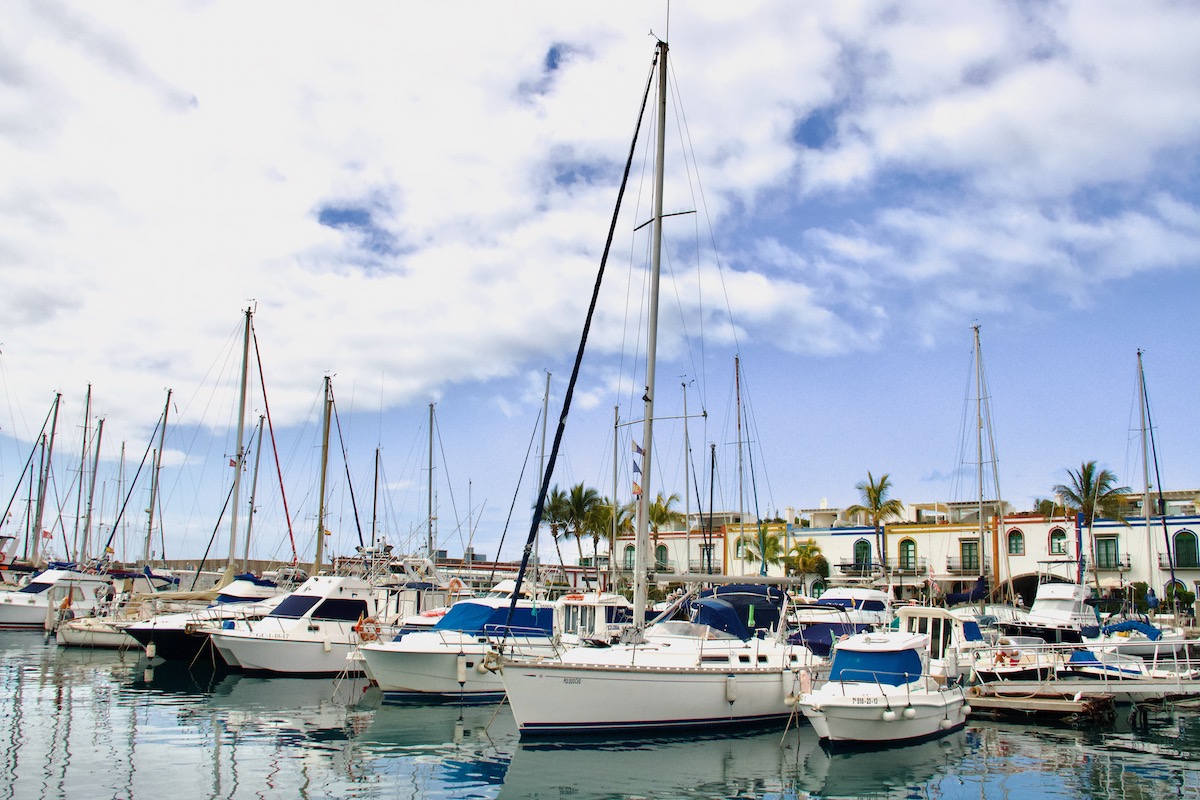
Rafael Neville who was born in Malaga, Spain was already renowned for designing and building, with Paolo Riccardi, the famous Porto Rafael on the Italian island of Sardinia before moving up to Mogán in the mid 1960s. After completing this project, he moved on to Puerto de Mogán. During his time here it became a popular venue for the ‘jet set’ visiting Europe at that time. His work here is commemorated by a square, Piazza De D Rafael Neville, that has been named after him. The ambiance he created here also lives on in the picturesque town that has the nickname Little Venice of Gran Canaria.
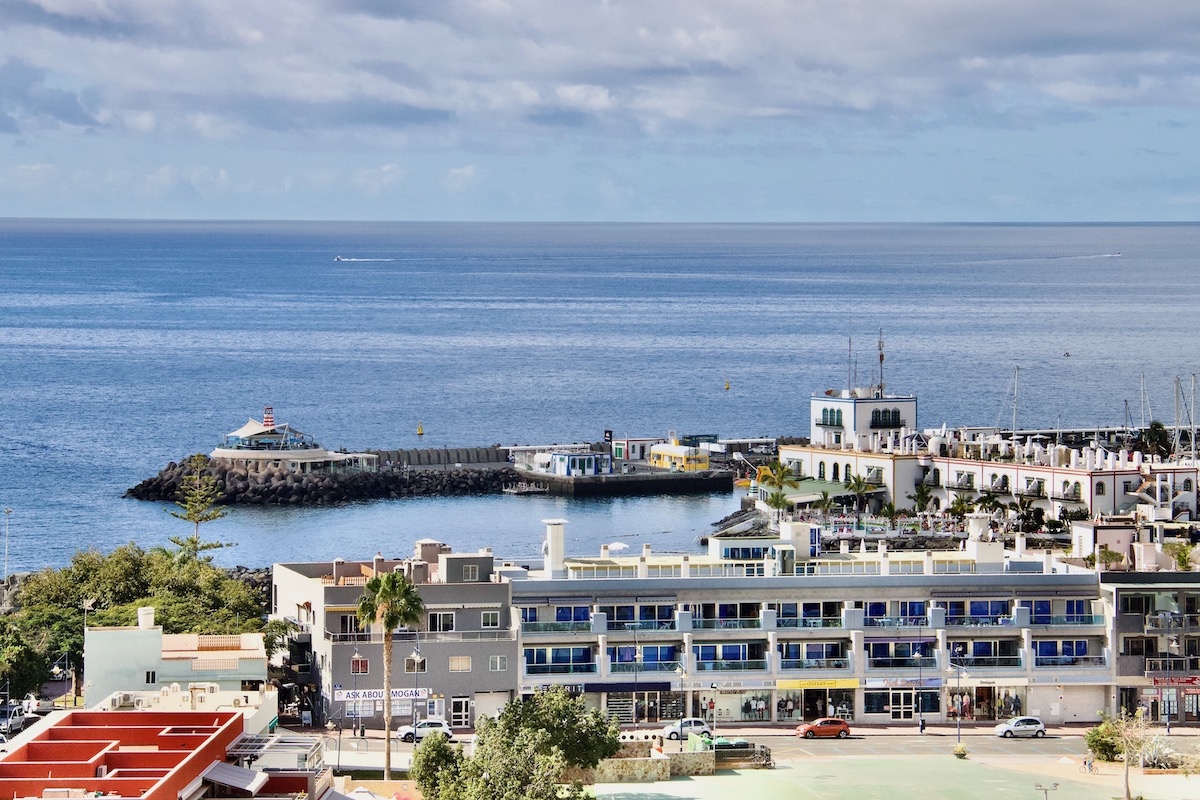
Puerto de Mogán, the Little Venice of Gran Canaria
Achieving the unique design of the two-story apartment blocks around the new marina and harbour necessitated using rock from the cliffs to extend the shore line. Little canals run under bridges and through the buildings down to the marina and the harbour. Hence the reference to Venice.
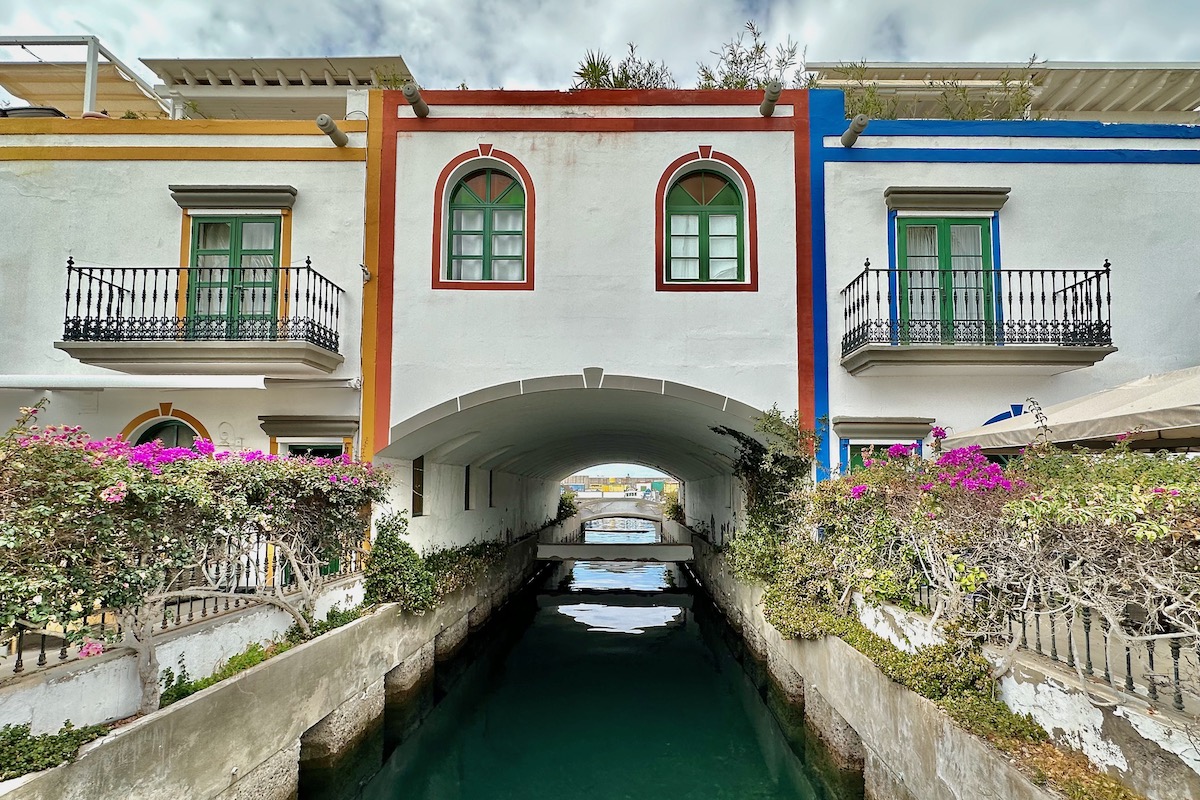
Bougainvillea and other colourful plants decorate roof terraces, balconies and the arches spanning narrow streets – a colourful contrast against the stark white buildings housing shops and restaurants on either side. The new buildings built in the traditional style of a typical Spanish village blend beautifully with the original architecture of the town.

An unusual monument has pride of place in the centre of town. Piedra Picúa (Picúa stone) was originally used to mark the height of the tides to help the fisherman with the landing of their catch. It was rescued and placed here to symbolise the hard work and sacrifice of local sailors during the construction of the Port of Mogán.
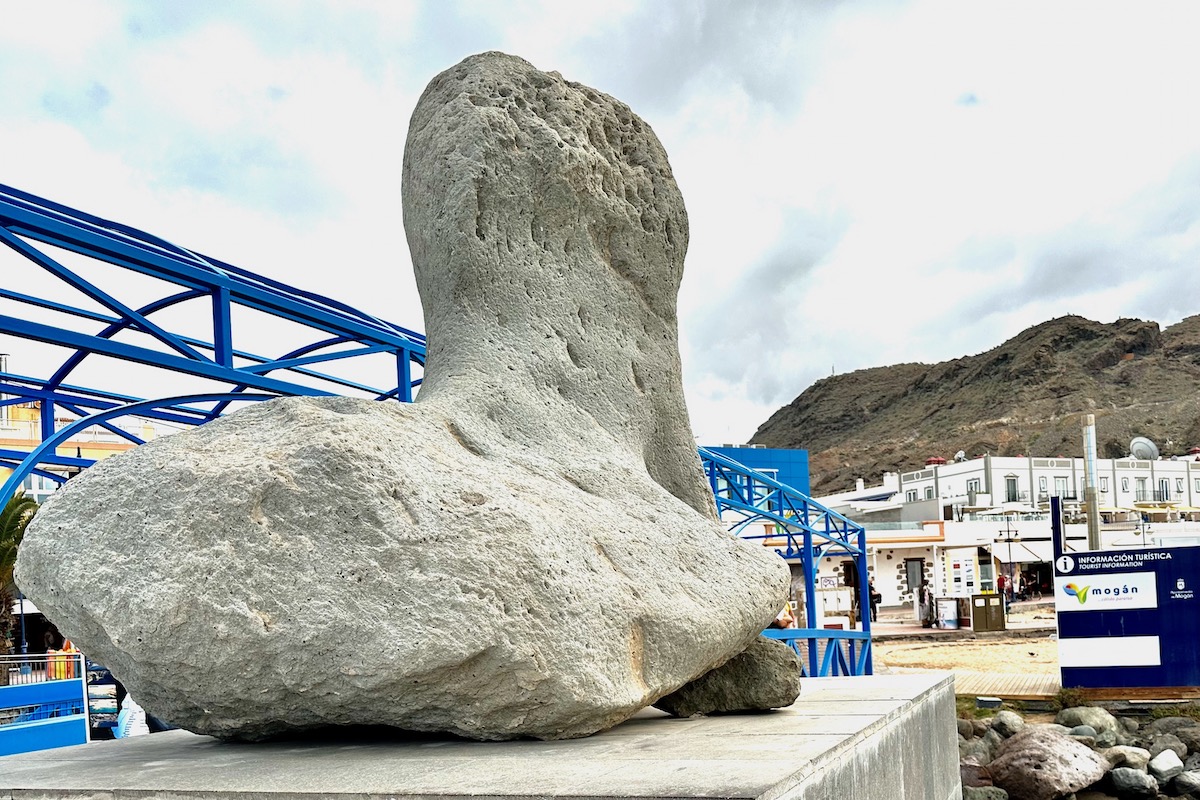
All the streets lead down to the marina which has excellent facilities for those requiring temporary moorings, a permanent berth or boat repairs and servicing. The promenade around this marina leads into a walkway around the fishing harbour. Here, in the quieter area of town, visitors can enjoy a pleasant stroll taking in the colourful fishing boats moored along the quay. A quayside restaurant, Cofradía De Pescadores Restaurante, is the ideal place to linger for some fresh seafood overlooking the harbour and marina. Across the sea from the harbour is the beach, Playa de Mogán, the second of the three distinct areas of Puerto de Mogán.
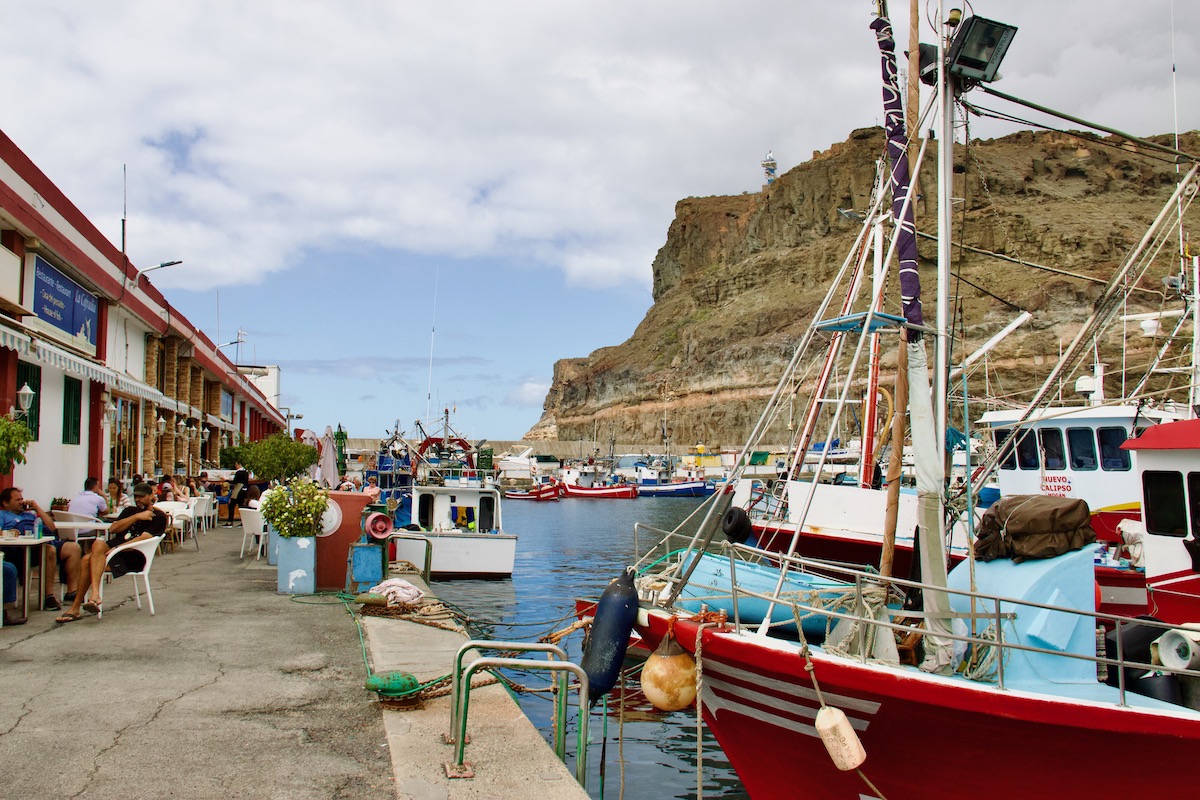
Playa de Mogán
Golden sand from the Sahara Desert was imported to create the beautiful artificial beach in Playa de Playa de Mogán. This south facing beach is sheltered by the cliffs that tower about it on one side. A rocky breakwater separates the tranquil sea that laps the beach from the Atlantic Ocean beyond. It is the ideal place for swimming and other water sports. For those who want to explore further there are whale and dolphin watching boat trips. Game fishing is also on offer as well as a trip on a yellow submarine around a local wreck. On the other side of the valley is the third area of this resort, Risco de Mogán, also known as Pueblo de Pescadores.
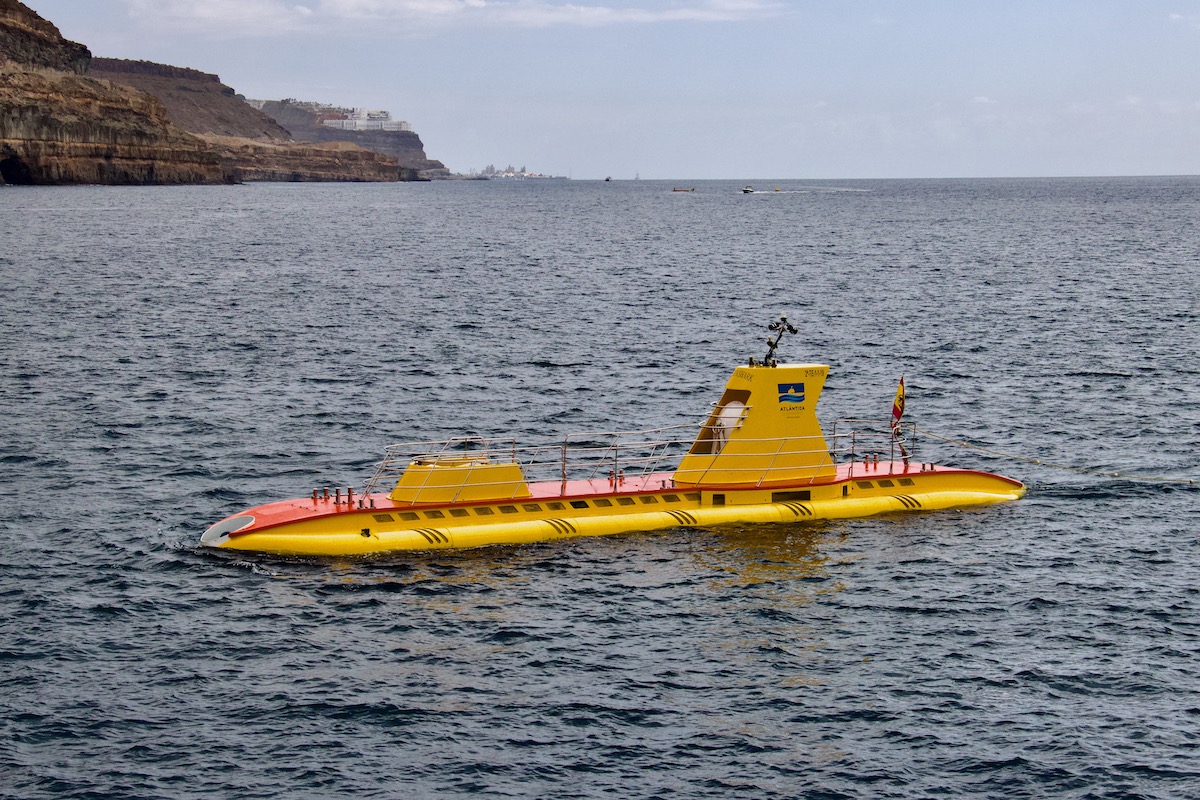
Risco de Mogán
The old village of Playa de Mogán, now known as Risco de Mogán spread eagles the western cliff face above the town of Puerto de Mogán. The road separating this area from the town was the beach before the marina complex was developed. The fishermen used to drag their boats up on to this beach. As the evolution of this area was spontaneous rather than planned it is composed of individual, interesting buildings lining narrow streets and passages.

Above this jungle of houses is the Mirador Juan Hernández Moreno a terrace offering panoramic views over the marina and harbour which are well worth the climb up the steps to reach it. During his lifetime, Juan Hernández Moreno, a Moganero established several local businesses and also served on the local council. But he is best remembered for his support of the sailors of Playa de Mogán when there was a drought at sea. He offered assistance to the sailors and their families in the form of fishing refunds, new engines for their boats and artefacts that meant they could continue trading. Puerto de Mogán also has some interesting archaeological sites and these too offer great views of the surrounding area.
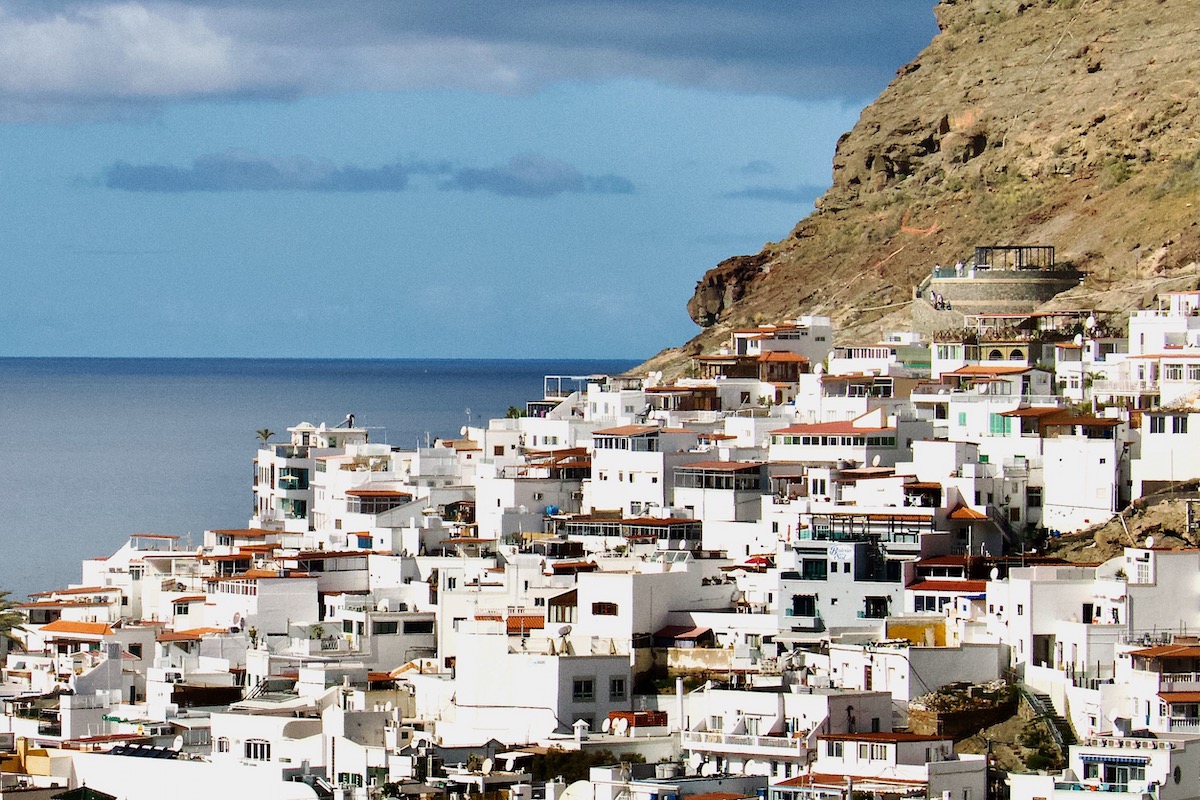
Archaeological Sites in Puerto de Mogán
Ancient Aboriginals were the first to settle in the Valley of Mogán attracted by the good climate its natural wealth from the sea and the land. An archaeological zone, Cañada de Los Gatos, has been established in Puerto de Mogán comprised of various sites that were once part of a large coastal settlement in the valley. These include the stone houses built in the town of La Cañada de Los Gatos and the burial mounds and caves at Las Crucecitas. These two sites have been restored and are open to the public. Well-constructed footpaths lead to viewpoints looking across the valley below. These sites can be accessed through entrances in the town (fee payable) or from the grounds of Hotel Cordial Mogán Playa.
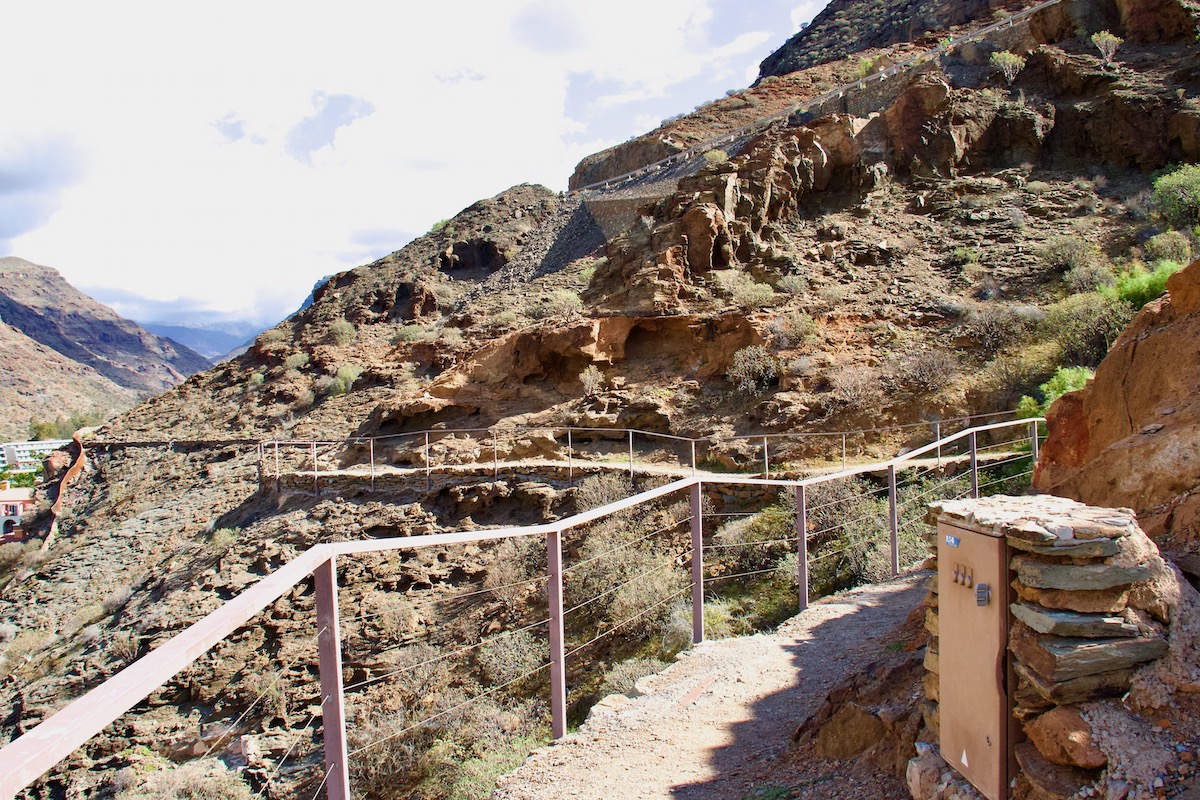
Hotel Cordial Mogán Playa
Situated in magnificent botanical gardens, Hotel Cordial Mogán Playa is worthy of a mention here due to the unique design. It was created in 2004 and blends seamlessly with the surrounding landscape. Accommodation blocks built in traditional Canarian architectural style surround a main building housing the reception areas. This building features a large atrium encompassing tropical plants, little streams and waterfalls accessed through rocky caves. It is also home to the Michelin starred restaurant Los Guayres.
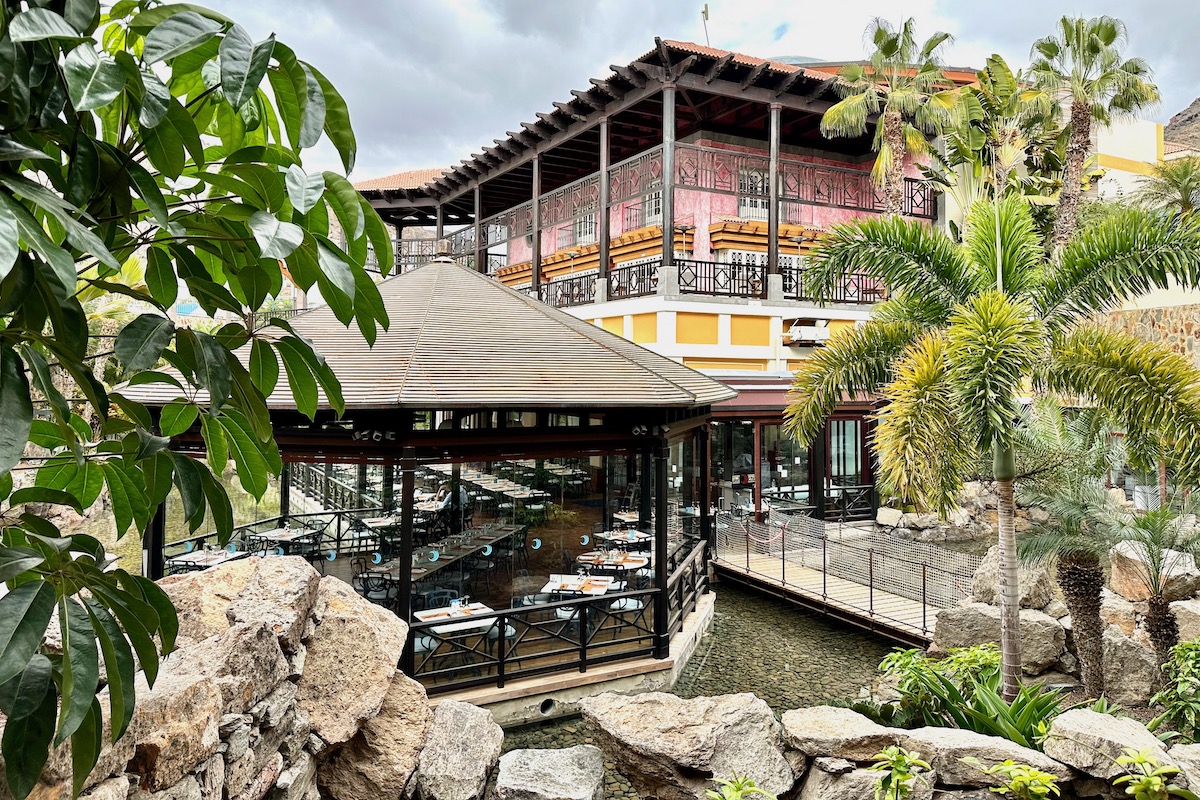
Getting There
There are regular flights from London and most regional airports to Gran Canaria. A public bus service runs from the airport on Gran Canaria to the larger towns including Puerto de Mogán. This area is also a favourite with several large tour operators including Tui.
Available on GPSmyCity.com
This article is now featured on GPSmyCity. To download this article for offline reading or travel directions to the attractions highlighted in this article, go to Walking Tours in Puerto de Mogán on GPSmyCity
Valery Collins is the Experienced Traveller
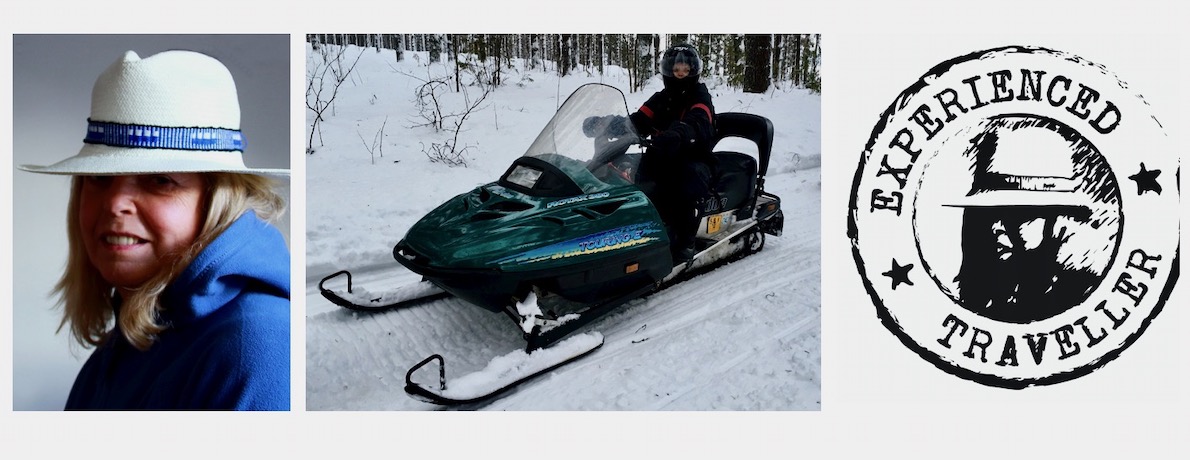 An excellent raconteur, Valery has been writing about her experiences on the road since she started travelling 25 years ago. After publishing four books she turned to online travel writing.
An excellent raconteur, Valery has been writing about her experiences on the road since she started travelling 25 years ago. After publishing four books she turned to online travel writing.